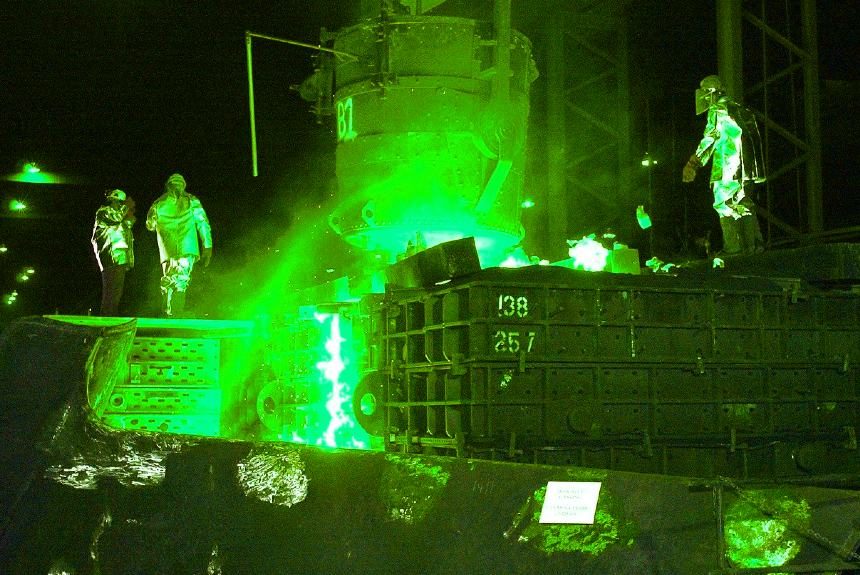The Economist’s 7th September Climate Issue features the first low-carbon steel pilot plant in Lulea, Sweden, that will begin producing green steel. The project, HYBRIT Development, is a government and private enterprise consortium of a steel manufacturer, a state iron ore producer, and a state-owned power company.
What is unique about this project is the replacement of coking coal with hydrogen. The standard steel-making method involves coking coal–coke to remove oxygen from iron ore. And if manufacturers use renewable energy to produce hydrogen, the steel-making process is 100% carbon-free.
Steelmaking accounts for 7% to 9% of the world’s greenhouse gas emissions. Steel plants emit two tonnes of carbon dioxide into the atmosphere to produce a tonne of steel. The article says the industry needs to cut emissions to tackle climate change significantly.
The efforts to decarbonise the steel industry are due to the EU emissions trading scheme, which puts a price on carbon emissions, chipping away some of the manufacturer’s pre-tax profits.
The article says that the carbon price would help green steel be more competitive and hopefully will make more steelmakers invest in green products.
To learn more about the HYBRIT pilot projects, click on the link below:
The exciting news of Sweden’s first green steel plant reverberates globally to Australia. The Sydney Morning Herald reports that “NSW will pursue a large-scale hydrogen production as part of its COVID-19 economic recovery efforts and that the federal government would call for expressions of interest in creating a regional hydrogen export hub.”
NSW Environment Minister Matt Kean already has a couple of ideal venues for hydrogen production areas – New Castle and Port Kembla “with their existing infrastructure and heavy manufacturing economies.”
The article says Tony Wood, energy program director of Grattan Institute, says that Australia should not only embrace hydrogen production but also commit to funding a green steel project powered and fed by hydrogen.
Australia’s abundance of iron ore and space for the creation of renewable is a significant advantage over Sweden, according to British billionaire Sanjeev Gupta. His steel company, Whyalla Steelworks in South Australia, is investing over a billion dollars in equipment to manufacture green steel. Mr Gupta says the facility will use gas at the start before changing to hydrogen.
Last November, the Australian federal government announced a national hydrogen strategy with energy. The government has already provided significant funding to support hydrogen projects as it sees the potential for the hydrogen industry to create jobs, meet international demands for hydrogen, and result in “billions of dollars in economic growth by 2050,” the article says.
To read further, click on the button below:
Sources
Scriven, G. (2020, September 7). The Climate Issue. The Economist. Retrieved from https://view.e.economist.com/?qs=bc0887db41cf24dfeb674dad190300cd28b0833d38c7a3fe96776f47d09b954f7611f8dc74b1ae733c1e00691aff1706993770fd55cee80de2de95a173691a558b5806cb4a60196a
Three HYBRIT pilot projects – towards fossil-free iron and steel. (n.d.). HYBRIT Fossil-Free Steel. Retrieved from http://www.hybritdevelopment.com/articles/three-hybrit-pilot-projects
O’Malley, N. (2020, September 7). Dawn of ‘green steel’ and the revival of Australian manufacturing. The Sydney Morning Herald. Retrieved from https://www.smh.com.au/environment/climate-change/dawn-of-green-steel-and-the-revival-of-australian-manufacturing-20200904-p55sdu.html



Leave a Reply